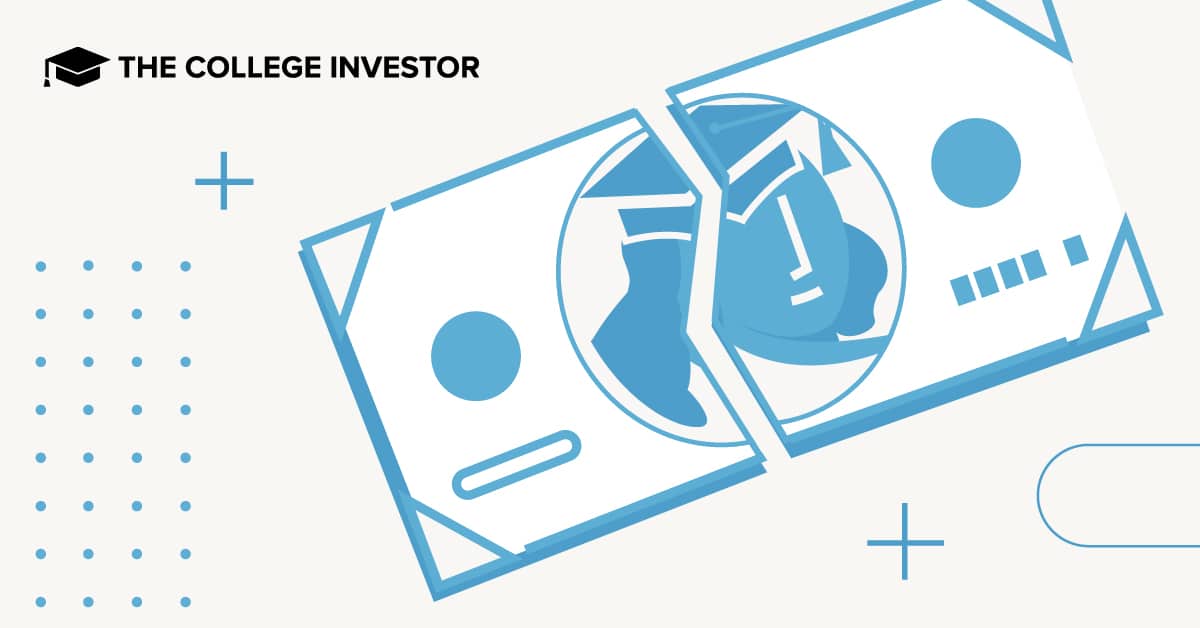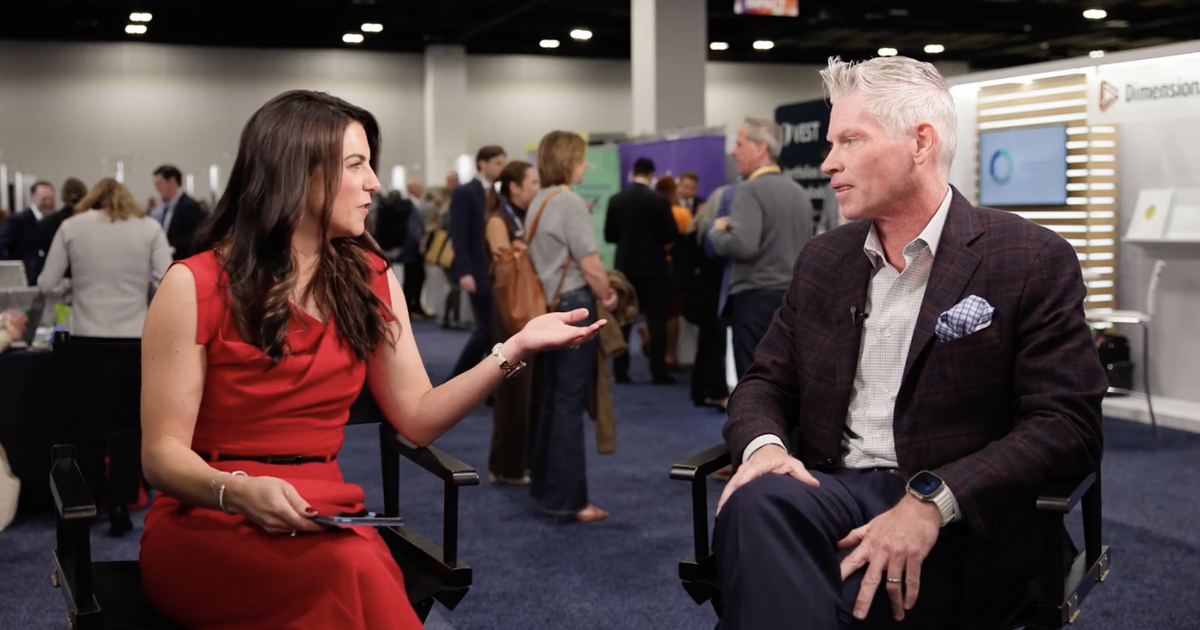Non-Profit Colleges See Spike In Loan Forgiveness Claims


The borrower defense to repayment program is often associated with students defrauded by for-profit colleges. But newly obtained federal data paints a more complicated picture—one that reaches far beyond the for-profit sector.
According to recent data obtained in response to a Freedom of Information Act request, 22% of all borrower defense claims involve public and private nonprofit colleges. Even more surprising, applications involving nonprofit colleges had a higher approval rate than those filed against for-profit schools: 50% compared to just 23%. That data contradicts years of assumptions that borrower defense issues are isolated to one sector of higher education.
The allegations span a wide range of misconduct, from overstated job placement rates and inflated program costs to false claims about accreditation and credit transfer. And while the bulk of claims still stem from for-profit colleges, the presence of nonprofit and public institutions in this space suggests a broader pattern of student issues.
This shift in narrative is important. Borrower defense isn’t just a policy backstop for the worst actors, it’s increasingly relevant across all institution types. And with hundreds of thousands of applications still pending, questions remain about who gets relief and why.
The borrower defense to repayment discharges the federal student loans of borrowers who were misled or defrauded by their college with regard to the college’s educational programs, financial charges or the employability of its graduates. This must have affected the student’s decision to enroll or to take out federal student loans.
Examples include lying about accreditation, licensing eligibility and credit transfer, providing false information about job placement rates and earnings after graduation, and providing false information to college ranking organizations.
The main categories of borrower defense to repayment include substantial misrepresentation, substantial omission of fact, breach of contract, aggressive and deceptive recruitment, and court judgment against the college. Court judgments may include findings that the college violated federal and/or state law and regulations related to educational services, financial charges and employability of graduates.
If a borrower’s discharge application is approved by the U.S. Department of Education, the U.S. Department of Education will discharge the remaining balance on the federal student loans borrowed to attend the college. The U.S. Department of Education will also refund payments that have already been made.
More than three-quarters (78%) of borrower defense to repayment applications related to for-profit colleges, with 22% relating to public and private non-profit colleges.
Half (50%) of borrower defense to repayment applications relating to private non-profit colleges were approved, representing nearly a third (29%) of the total. Almost a quarter (23%) of borrower defense to repayment applications concerning private for-profit colleges were approved, representing 71% of the total.
Almost no applications concerning public colleges were approved, but this may be because many of these applications are still pending.
As shown in this table, 78% of borrower defense to repayment applications concerning public colleges are still pending, compared with 61% of applications concerning private for-profit colleges and 39% of applications concerning private non-profit colleges.
More than 80% of pending applications concern private for-profit colleges, and 19% concern private non-profit (10%) and public colleges (9%).
The most common allegations involve employment prospects, program cost and nature of loans, educational services, career services and transferring credits.
Most of the allegations are proportional to the number of applications, with a few exceptions.
Private Nonprofit: These are private nonprofit schools such as Harvard or Yale.
Proprietary: These are for-profit schools.
Public: These are state schools (like the UC System).
Foreign: These are schools located in foreign countries that have an eligible FSA school code.
Here is the full data set of February 2023, showing over 760,000 applications received, along with their status, school type, and allegation on the application.
Approximately 12,800 borrower defense to repayment applications are excluded because they did not list a college on the application.
This table has been split into three parts so that it can fit the width of the page. The allegation count exceeds the number of applications for a borrower defense to repayment discharge, since each application may involve more than just one allegation.
|
Admission & Urgency To Enroll |
|||||
|---|---|---|---|---|---|
|
Representations To Third Parties |
||||
|---|---|---|---|---|
The latest data on borrower defense claims reveals that issues with student loans are not confined to for-profit institutions.
Complaints and approvals are rising at private nonprofit and public colleges as well, suggesting a broader pattern of student dissatisfaction and potential misconduct.
As more applications are reviewed and processed, the spotlight may continue to shift beyond the usual targets. Borrowers considering a claim should document their experiences carefully, as the approval rates vary widely by institution type and allegation.
Don’t Miss These Other Stories:
This data is based on a Freedom of Information Act (FOIA) request filed on January 9, 2023. The response was received on March 12, 2024. The data is as of February 22, 2023.

Students and parents are juggling rising college costs, legal uncertainty, and new signals from the federal government — all at...

As advisory firms race to scale, the most successful ones are doing more than just growing, they are growing sustainably. ...

Many people first hear about the stock market through movies like “The Wolf of Wall Street,” “The Big Short,” or...